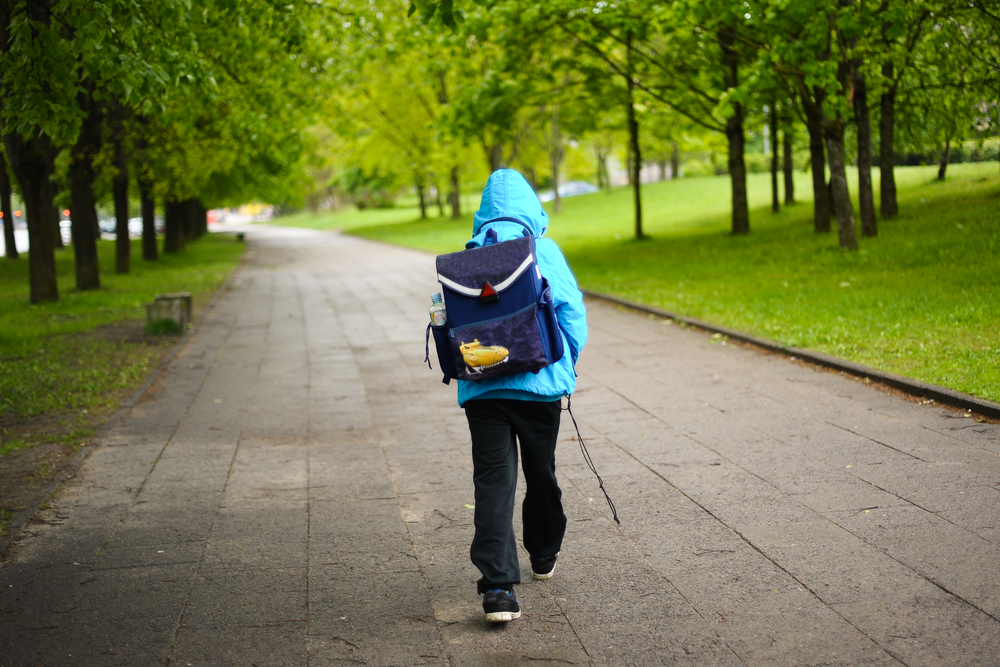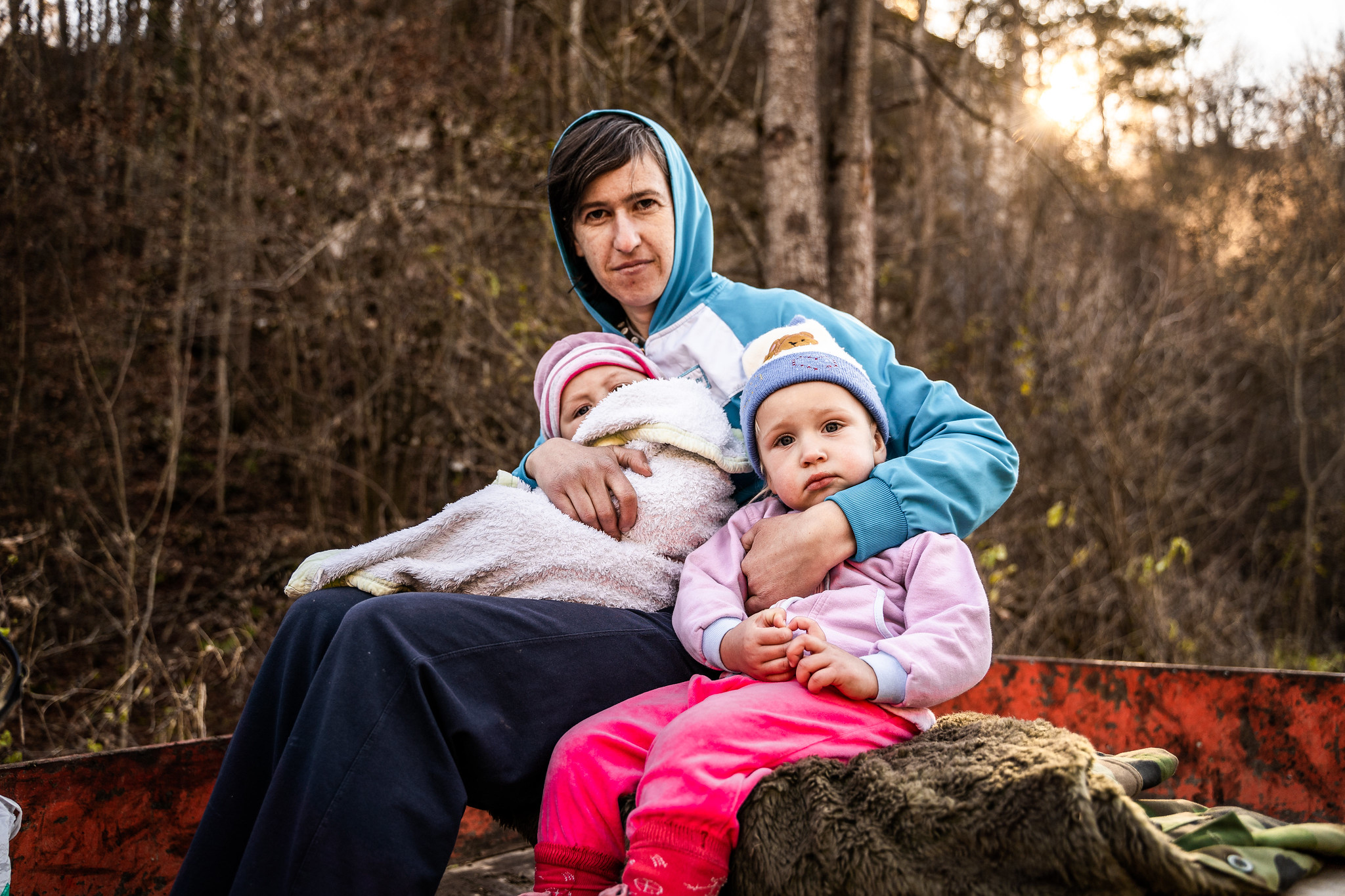Children are faced with unreasonable school commutes in order to obtain an education.
For nearly a decade, the United Nations has been detailing the hardships children face getting to school across the world. For many children, each day is a journey, an epic test of will, just to make it to school.
According to UNESCO, (United Nations Educational, Scientific and Cultural Organization) progress in connecting children to schools has slowed down over the past five years. Areas that lack suitable school routes can often flood, making it even harder for kids to commute. Dangerous paths are one of the main reasons why many children decide to quit attending school. The solution might seem easy: build roads and bridges, buy buses and hire a driver. However, the lack of funds and recurring natural disasters in many countries make it difficult to provide children with the solutions they so desperately need.
A Bronx HS of Science student who lives in Queens has one of the longest commutes to school; a journey of over 5 hours a day which began when the boy was just 14 years old. This 17 year old boy walks over a mile to catch the first of two different subway rides, then has to ride two buses in order to attend school. The 11th grader wakes up at 5 a.m. each school day. Santiago “” whose mom died when he was 6 “” leaves the six-room apartment he shares with his dad, aunt, grandmother, two siblings and cousin just before 6 a.m. Many days he does not arrive home before 9:00 PM. Wisely, Santiago uses this arduous 5 plus hour commute to catch up on his homework and reading. Frequently Santiago is faced with mass transit delays, which further compound his commute. There were several instances this past winter, where due to frozen railroad tracks, Santiago did not arrive home until after midnight. He laments that he doesn’t see his family a lot and feels out of touch with what’s happening in their lives. However, Santiago is committed to finishing high school and plans to attend university after he graduates next year.
Children in rural regions of Serbia have one of the toughest commutes to school. Children living in the rural regions of Serbia actually have one of the toughest commutes imaginable. Although education reform has been at the top of Serbia’s priorities for the past few years, the country simply lacks the funding to construct and maintain enough schools in a close enough proximity to all of its school age children. Students who do not live in major cities therefore face the consequence of not being near a school and have to endure an incredibly long commute. Many children are forced to walk up to 10 Kilometers (about 6.5 Miles) just to get to school, requiring them to wake up and leave the house incredibly early. After the initial grueling walk and a long day of learning, the students then have to make that same journey home. Once they finally make it back, these children have hardly enough time to complete their homework and get the proper amount of sleep to make the trip the following day.
Students living in the Sangzhi County in the Hunan Province of China face arguably the most dangerous commute to school in the world. In order to get to school from their village, the children have to climb a series of ladders on the face of a precariously steep mountain. Due to the peril of this route, the children of Sangzhi County are forced to live at their school for most of the year. They often spend months at a time away from their homes, hardly ever seeing their families over the course of a year. Every time that they do make the journey home, they are faced with the strenuous and frightening task of ascending up the mountain. They then have to descend the ladders on the way back to school, an equally dangerous undertaking.
This laborious cycle endured by so many students across the world leaves little to no time for students to enjoy the company of their families and friends; their free time is completely consumed by these egregiously long and often perilous commutes. It is unfair and quite sad that so many children are faced with unreasonable school commutes in order to obtain an education. As more attention is brought upon this global issue, it is encouraging to see that most nations are ramping up their joint participation to work towards making schools and education more accessible, even in the most remote corners of the world. Progress however, has been slow and while many nations have brought about momentous change, their task is far from complete. It remains imperative that a collaborative and comprehensive plan to help educate all children continue and that each country’s political will remains steadfast.














